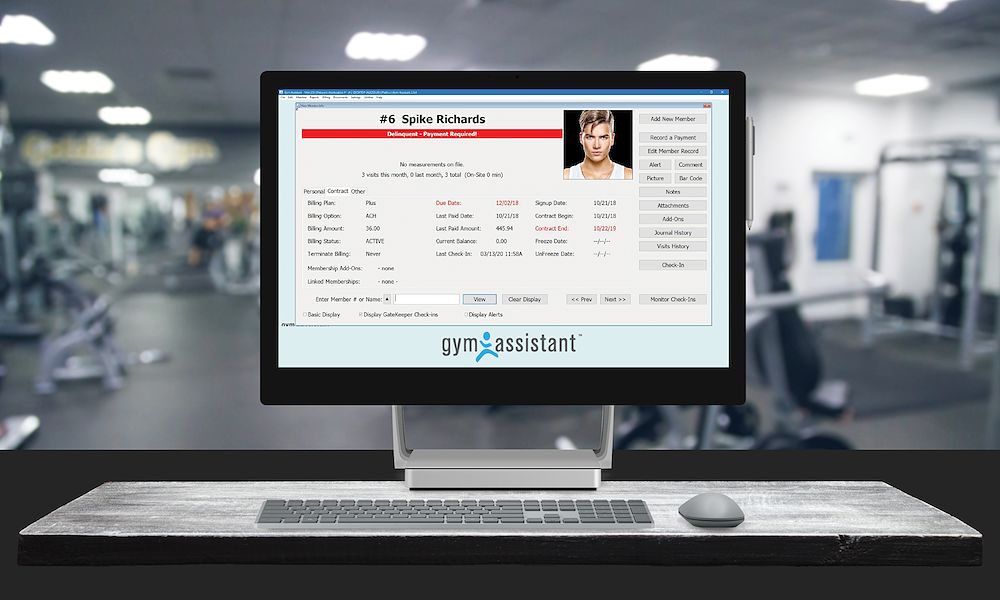How to Open a Gym in Ohio: Your Step-by-Step Guide to Success
Starting a gym in Ohio is a rewarding venture for fitness enthusiasts and entrepreneurs alike. With a growing interest in health and wellness across the state, the demand for quality fitness facilities is on the rise. Whether you’re opening a boutique studio in Columbus, a state-of-the-art fitness center in Cleveland, or a neighborhood gym in Cincinnati, the steps to launching a successful gym remain consistent. This guide will walk you through everything you need to know about opening a gym in Ohio, including the critical role gym management software plays in streamlining operations and improving member satisfaction.
Step 1: Research the Fitness Market in Ohio
Understanding your target market is the first step to opening a successful gym. Ohio has diverse communities with varying fitness preferences. Urban areas like Columbus, Cleveland, and Cincinnati may have a greater demand for boutique studios, group fitness classes, or personal training gyms. Meanwhile, smaller towns and suburban areas might prefer a traditional gym setup offering a range of equipment and services.
**Key Considerations:**
– What type of gym is missing or underserved in your chosen area?
– Who is your target demographic—professionals, families, or fitness enthusiasts?
– What pricing and membership structures align with local income levels?
Conducting competitor analysis and surveying potential members will help refine your business concept.
—
Step 2: Create a Business Plan
Your business plan is the blueprint for your gym. It not only guides your decisions but is essential for securing financing. A strong business plan should include:
Executive Summary: Your gym’s mission, vision, and objectives.
Market Analysis: Research about your competitors, target audience, and local fitness trends.
Services and Offerings: Define whether you’ll focus on group classes, personal training, open gym access, or specialty programs like yoga or CrossFit.
Financial Plan: Break down startup costs, projected revenue, and operating expenses.
Marketing Strategy: Detail how you’ll attract and retain members, from social media to referral programs.
Operations Plan: Outline staffing needs, hours of operation, and membership models.
—
Step 3: Secure Funding
Opening a gym requires significant upfront investment, including leasing or purchasing space, buying equipment, and initial marketing efforts. Funding options include:
Small Business Loans: Ohio-based banks or credit unions may offer favorable terms.
SBA Loans: The U.S. Small Business Administration offers loans for startups.
Investors: Attract private investors by presenting your well-prepared business plan.
—
Step 4: Choose the Right Location
The location of your gym is a critical factor in its success. Look for a space that is accessible, visible, and large enough to accommodate your planned layout. Consider:
– Proximity to your target audience, such as residential neighborhoods or business districts.
– Sufficient parking and public transportation access.
– Zoning laws in Ohio to ensure the space is approved for fitness use.
Check with your local zoning office to verify regulations and any permits you may need.
—
Step 5: Obtain Licenses, Permits, and Insurance
Before you open your doors, ensure you have all necessary licenses and permits, including:
Business Registration: Register your business with the Ohio Secretary of State.
Local Business Licenses: Required by your city or county.
Health and Safety Permits: Adhere to Ohio’s health and safety standards.
Liability Insurance: Protect your business against potential claims related to injuries or accidents.
—
Step 6: Invest in Equipment and Design Your Gym Layout
Your gym’s equipment and layout will define the member experience. Invest in high-quality cardio machines, strength training equipment, and any specialty items needed for classes or niche offerings.
**Tips for Gym Layout:**
– Separate spaces for cardio, weights, and group classes.
– Ensure proper ventilation and lighting.
– Allocate space for locker rooms, showers, and a reception area.
—
Step 7: Hire and Train Qualified Staff
A friendly and knowledgeable team is key to retaining members. Hire certified personal trainers, group fitness instructors, and front-desk staff who can deliver exceptional customer service. Consider certifications from organizations like NASM, ACE, or ISSA for trainers.
—
Step 8: Implement Reliable Gym Management Software
In today’s tech-driven world, gym management software is a must-have tool for running a successful fitness business. Here’s why:
1. **Streamline Operations**
Gym management software like Gym Assistant automates tasks such as check-ins, membership tracking, and billing, allowing you to focus on providing a great member experience.
2. **Simplify Membership Management**
Easily track member sign-ups, renewals, and attendance. Members can also update their information or make payments online, reducing administrative work.
3. **Automated Billing**
No more manual payment tracking—software automates billing and sends reminders for overdue accounts, ensuring your cash flow stays steady.
4. **Analytics and Reporting**
Access insights into gym usage, member retention, and revenue trends. This data is invaluable for making informed decisions about your business.
Choosing the right gym software is crucial for your gym’s growth. Visit https://www.gymassistant.com to learn more about how gym management software can transform your operations.
—
Step 9: Market Your Gym
With everything in place, it’s time to promote your gym and attract members. A well-rounded marketing strategy should include:
Digital Presence: Create a professional website and leverage SEO to make your gym easy to find online.
Social Media: Share fitness tips, promotions, and member success stories on platforms like Instagram and Facebook.
Referral Programs: Encourage current members to bring friends in exchange for discounts or rewards.
Grand Opening Event: Host an open house with free classes or exclusive membership deals to generate buzz.
—
Step 10: Maintain and Grow Your Gym
Opening day is just the beginning. To ensure long-term success:
– Continuously collect feedback from members and staff.
– Keep equipment well-maintained and upgrade as needed.
– Introduce new services, classes, or equipment to keep members engaged.
—
Opening a gym in Ohio requires careful planning, dedication, and smart investments in technology and staff. By following these steps and leveraging powerful gym management software like Gym Assistant, you can build a successful fitness business that thrives in Ohio’s growing wellness industry.
With the right tools and strategies, your gym will not only meet the needs of your community but also stand out in the competitive fitness market.
At Gym Assistant we specialise in membership management software that is really easy to use – visit https://www.gymassistant.com/ for more!



